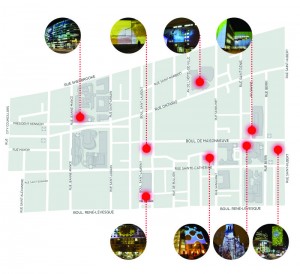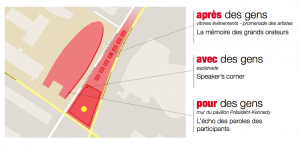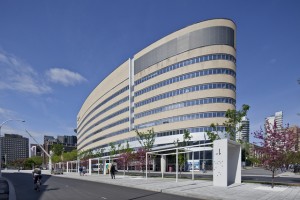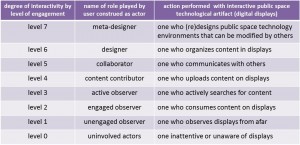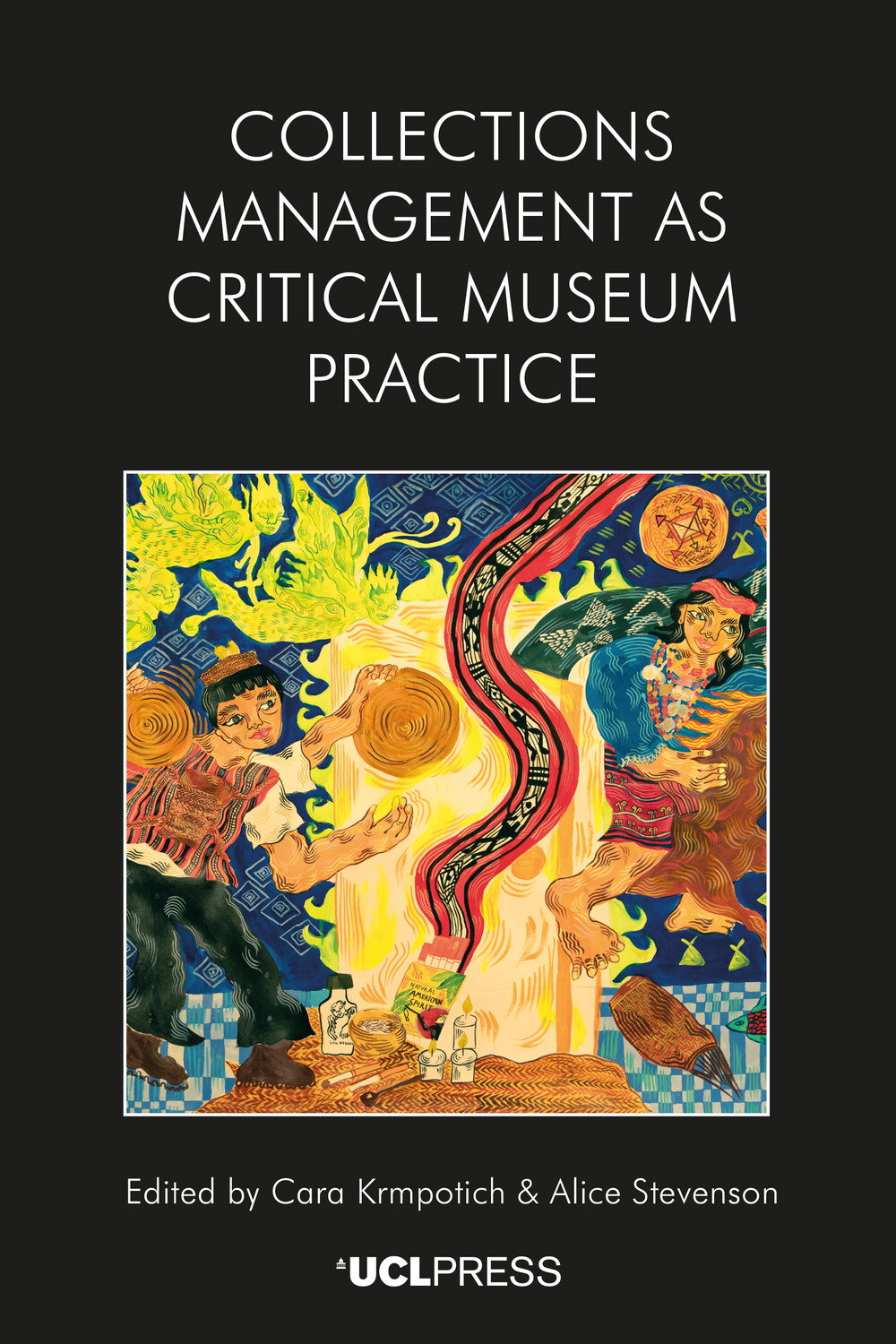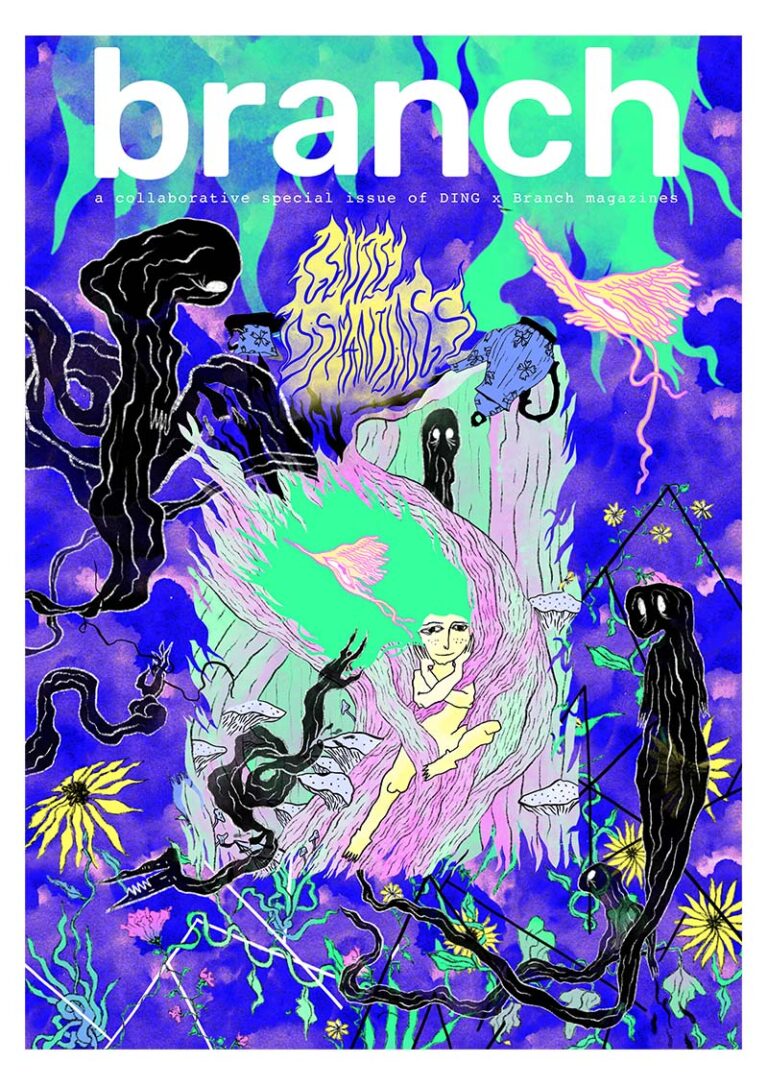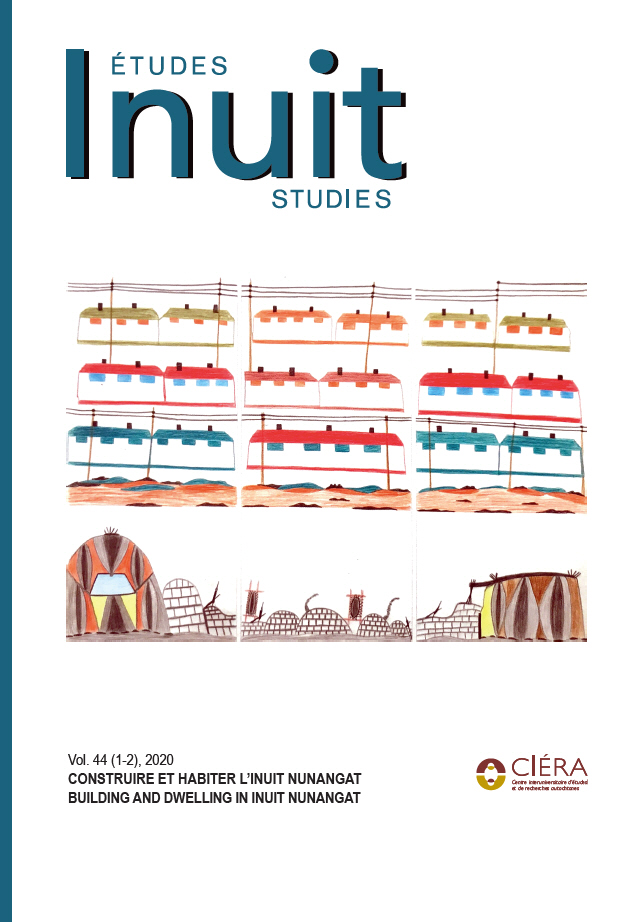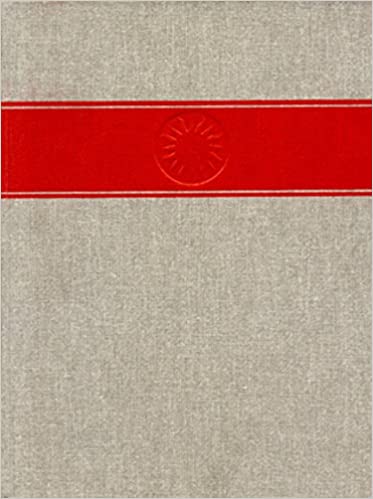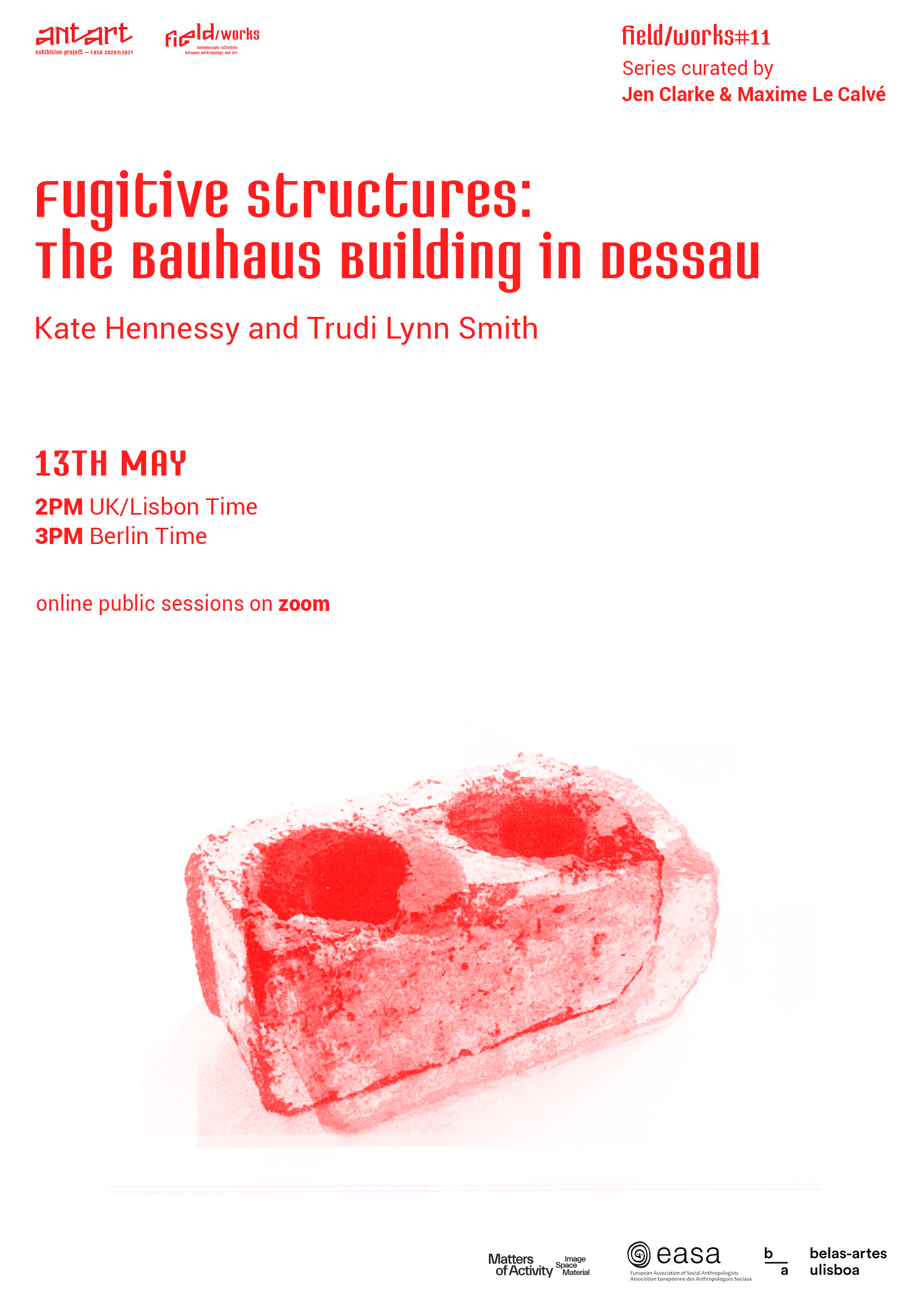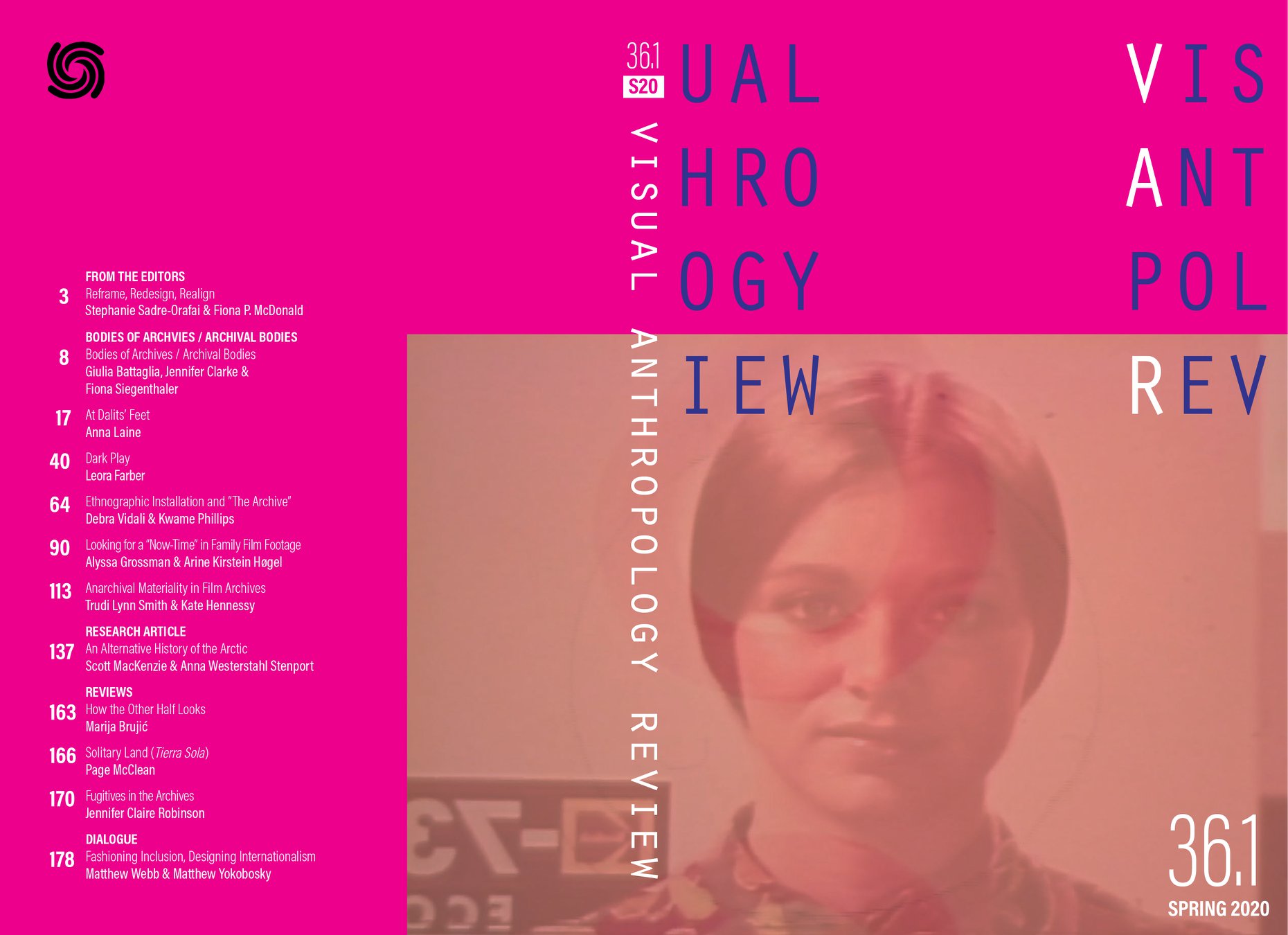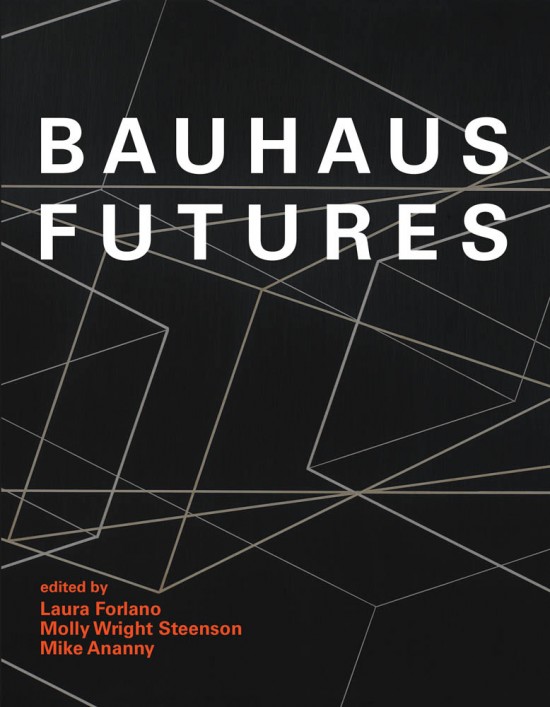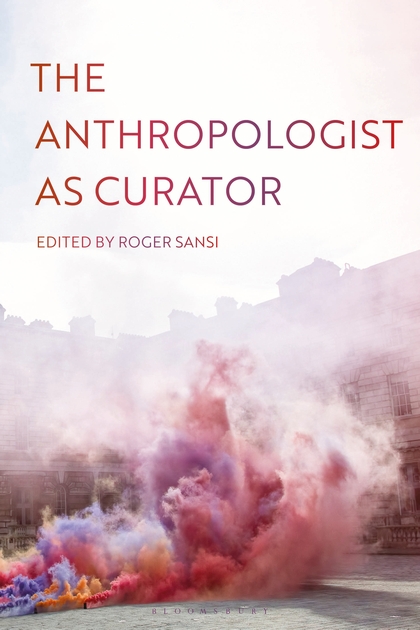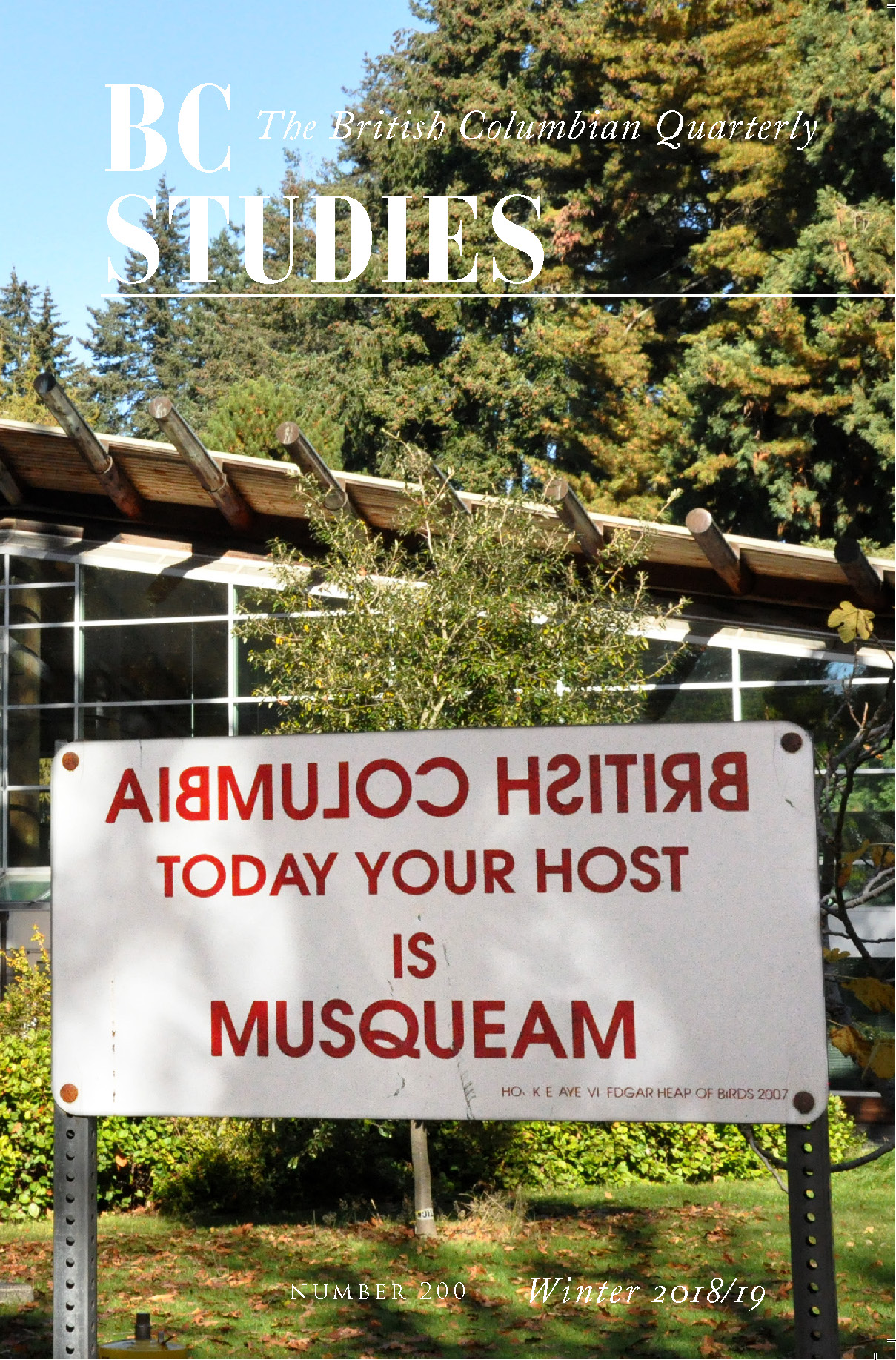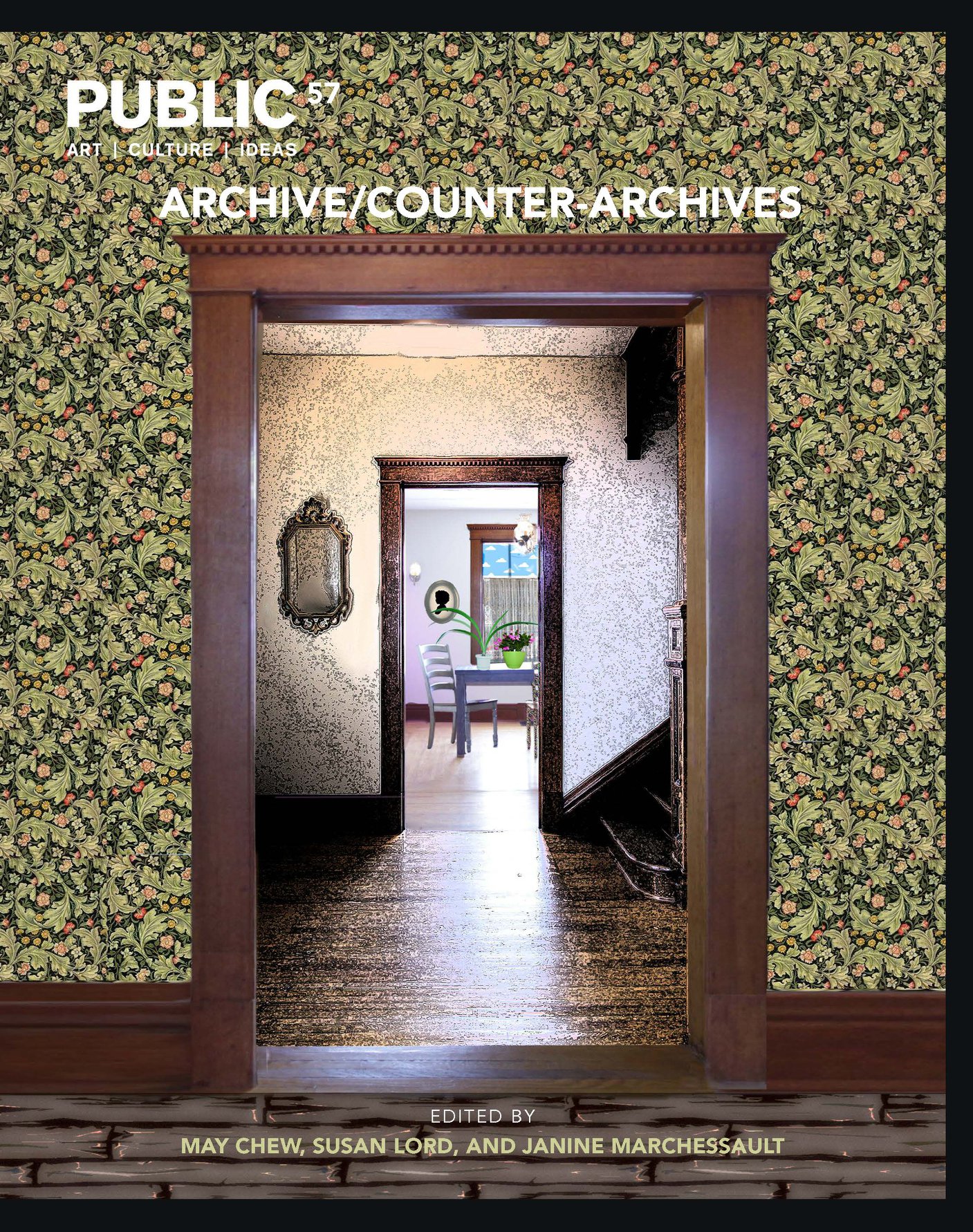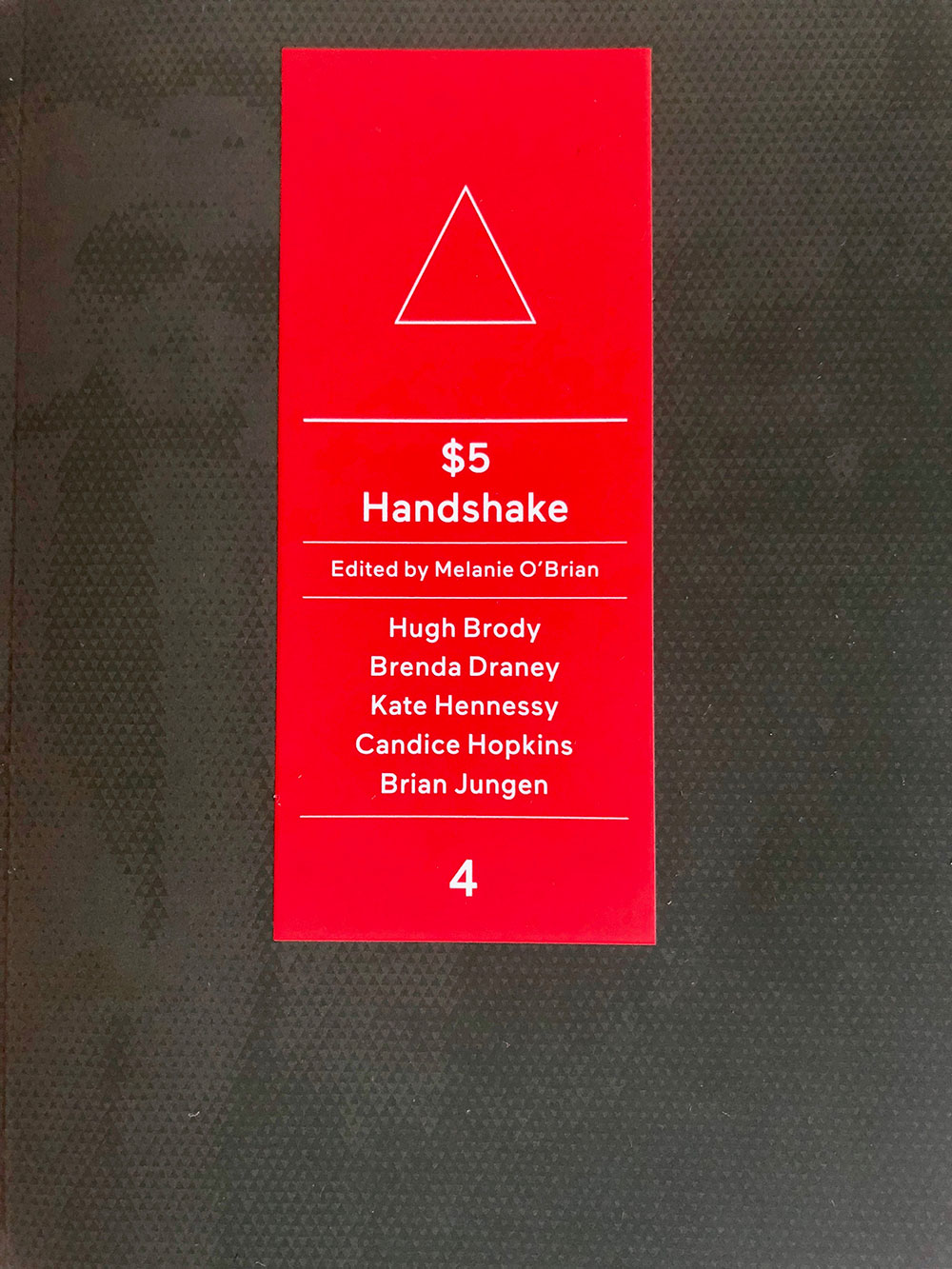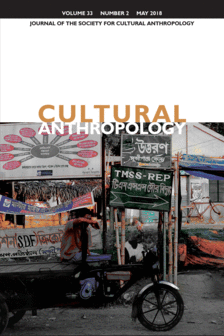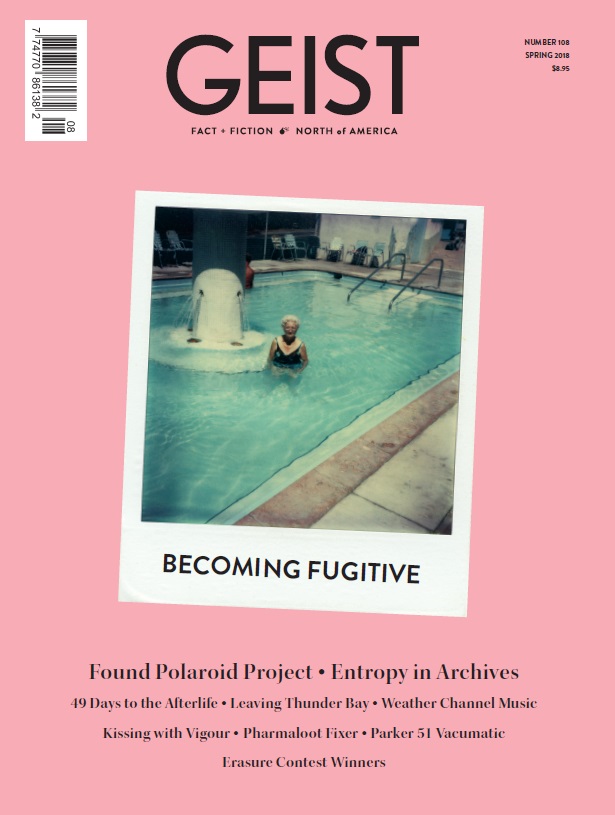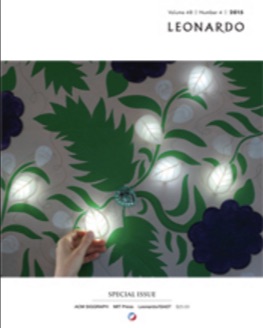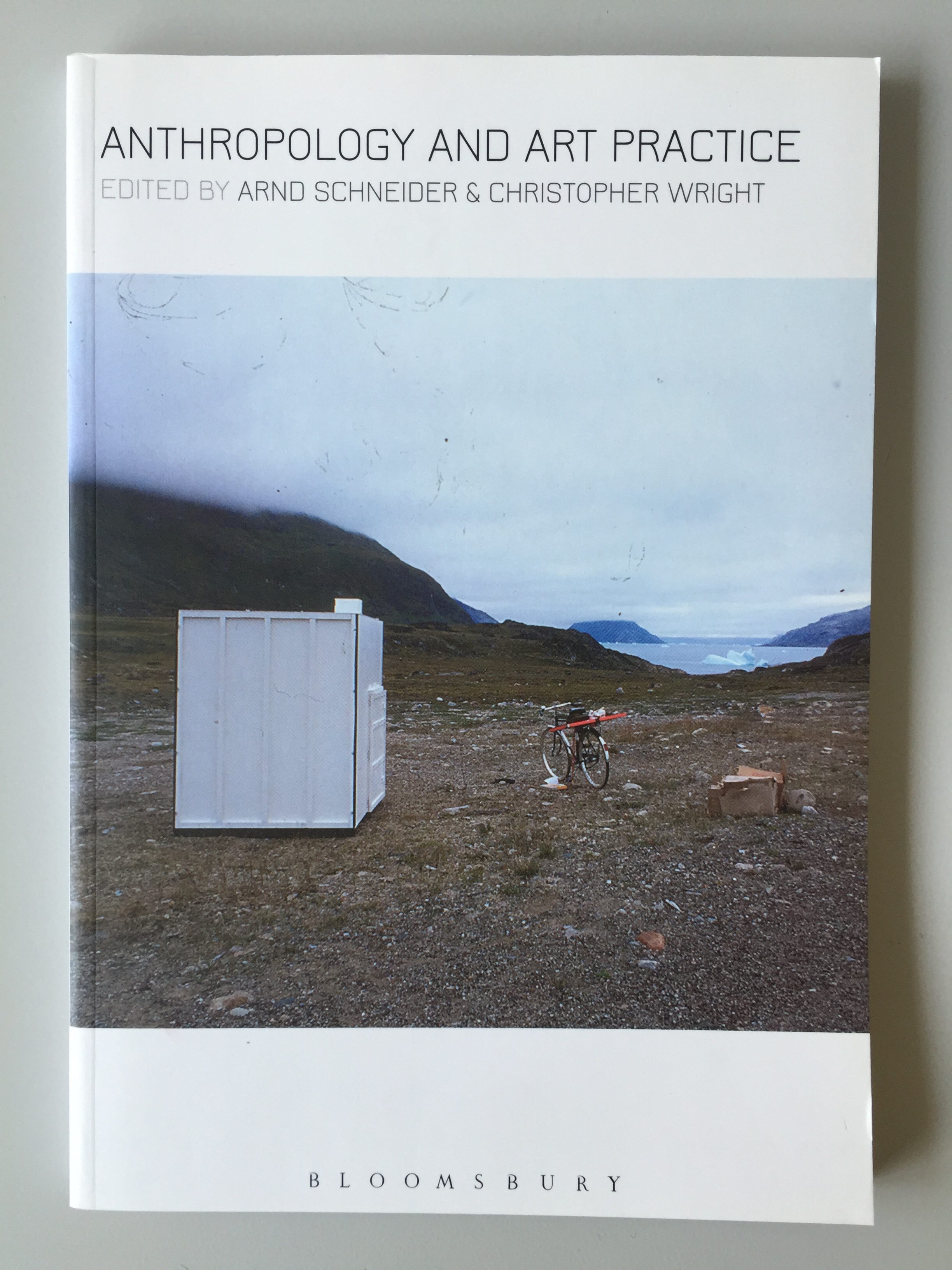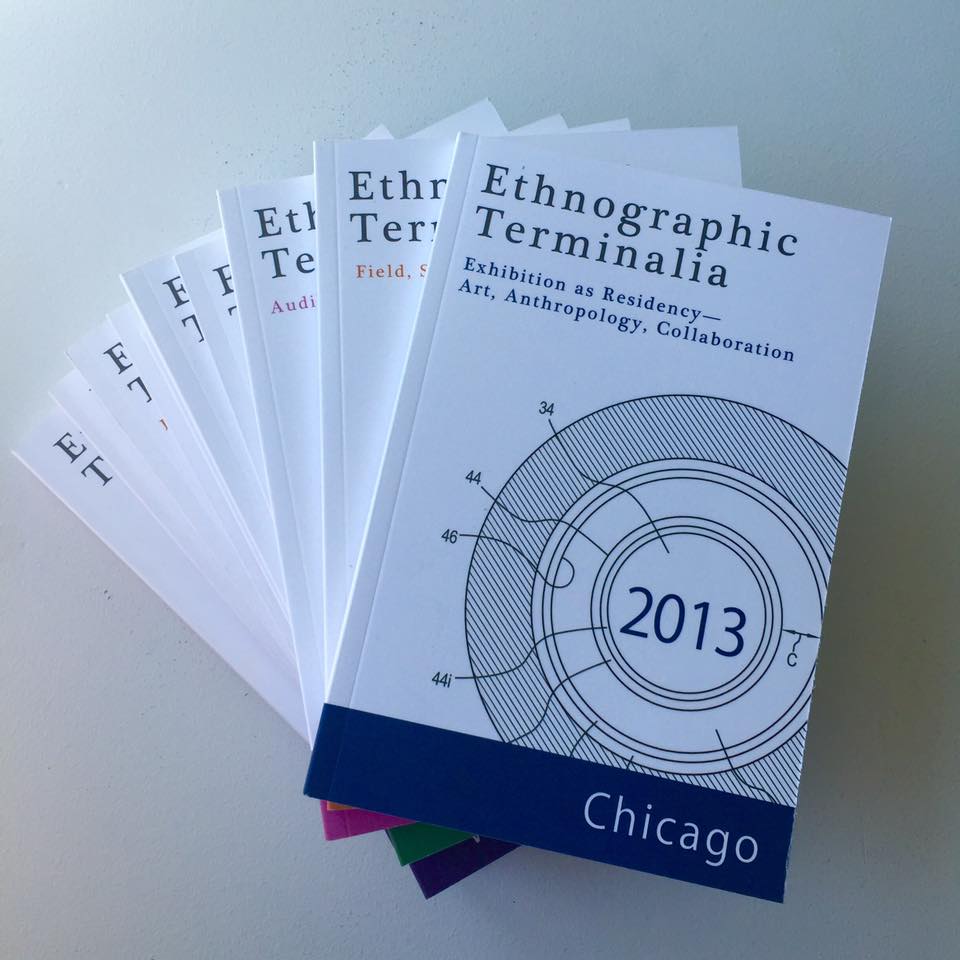INTERACTIVE PUBLIC SPACE TECHNOLOGICAL ARTIFACTS
I [Claude Fortin] am using an interdisciplinary approach and ethnographic research methods — namely design ethnography and collaborative methodologies (i.e. epistemic relationships) — to investigate the production, development, reception and impact of interactive public space technological artifacts with a focus on dynamic digital displays. Broadly speaking, my objective is to study and develop the political, social, cultural and creative potentials of digital displays situated in public space and how they can been used to support digital citizenship and civic engagement in many, possibly new, forms.
My field work for the next few years is in a 1km2 technological park called the Quartier des Spectacles, run by the Quartier des Spectacles Partnership. In the process of collaborating with them and interviewing some of its actors, I have come to realize that their unique hybrid partnership program constitutes an innovative model to develop the interactive potential of public space while delivering technology as a public good, that is, a model that makes interactive digital technologies accessible to all in public space at no direct cost. Thus, I will also be investigating their toolbox model which encourages the appropriation of public space through the lens of political economy theory to assess the political, economic and financial sustainability of this unprecedented kind of public-private partnerships in urban planning. Their “toolbox” takes the form of a publicly-funded permanent infrastructure for artists and cultural producers to deploy their new media installations in public space. It includes technical support.
My assessment will include an analysis of how inclusive this public space is to different socio-economic communities and whether this represents a different type of public space for the 21st century. This investigation is supported by an in-depth investigation of the different forms that social/public interaction and human-computer interactivity can take in this particular type of media architecture environment. Key questions that have guided the preliminary phase of my doctoral research are: What new forms of interaction are possible in a public space that is designed with interactive urban furniture and digital displays as media architecture elements? How could this new model of public space impact public interaction from a perspective of sustainability, inclusiveness, creativity and social well-being (including mental health)? How can public spaces that enable digital citizenship and civic engagement be created, managed and accessed in urban settings? The field I was surveying to answer these questions is made up of an infrastructure of 8 permanent media façades in downtown Montreal (see Figure 1).
Figure 1 – Bird’s eye view of 8 permanent media façades in downtown Montreal . ©2013QuartierdesSpectacles
This autumn, I will be conducting a qualitative evaluation of an interactive public space installation that supports participatory citizenship in public space. Produced by local artists and cultural partners, this unique site-specific artifact will be deployed for the very first time on La promenade des artistes in downtown Montréal, between September 4th and November 4th, 2013. MÉGAPHONE (see Figures 2 and 3) is currently being designed to allow people to interact with, and through, a new interactive media façade that has the potential to support free speech, allow for a greater diversity of voices to be heard in a live public forum, and help communities reclaim public space. Its designers have used computational media to create the prototype of an agora for the Digital Age, reinventing the art of public speaking with the innovative, playful use of technology and space.
Figure 2 – Bird’s eye view of MÉGAPHONE in situ. ©2013NFB_QuartierdesSpectacles
Figure 3 – Media façade to be used in MÉGAPHONE. ©2013QuartierdesSpectacles
In this qualitative evaluation, the research question is: what forms of participatory citizenship are made possible in public space by MÉGAPHONE? I am using a public interaction framework that draws on Fischer’s (2011: 42) concept of cultures of participation defined as follows: “The rise in social computing (based on social production and mass collaboration) has facilitated a shift from consumer cultures (specialized in producing finished artifacts to be consumed passively) to cultures of participation (in which all people are provided with the means to participate).”
Fischer proposes his concept be applied to domains as various as software development, education, healthcare and urban planning, indeed in any sociotechnical environment where people have the possibility of becoming active contributors. His framework has many affinities with the Web 1.0 vs. Web 2.0 metaphor. As outlined by Warschauer and Grimes (2007: 2-3), the key distinction between Web 1.0 and Web 2.0 is the level of participation: the former entails publication, while the latter emphasizes participation. In essence, Web 1.0 and Web 2.0 describe two different models of online communication. The former is essentially limited to the consumption of content that is delivered to the users. O’Reilly (2007: 22) calls the latter model an architecture of participation, enabling the authorship and design of content through interactivity.
Similarly, Fischer opposes consumer cultures to cultures of participation. I suggest that these terms be construed as two distinct modes of communication framing a wide spectrum of practices existing on a continuum. Drawing on Fischer’s schematic diagram illustrating the different roles actors can play in ecologies of participation (2011: 47), I have prepared a framework to show how actors and their actions will be operationalized into levels of participation will be measured.
Given that I am still working on the research design and there is some flexibility with regards to the RQ and the parameters we will be programming into the artifact before its deployment, I would like DSST participants to provide feedback on the framework and on the current research question. Table 1 on the next page provides a comprehensive description of our public interaction framework.
Table 1. Operational concepts of the public interaction framework derived from Fischer’s ecologies of participation.
Works cited
Fischer, G. 2011. Understanding, fostering, and supporting cultures of participation. ACM Interactions 18, 3 (May & June 2011), 42-53.
O’Reilly, T. 2007. What is Web 2.0: design patterns and business models for the next generation of software.Communication & Strategies 65 (2007), 17-37.
Warschauer, M. and Grimes, D. 2007. Audience, authorship, and artifact: the emergent semiotics of Web 2.0.Annual Review of Applied Linguistics 27, 1-23.
Related Publications
[1] Fortin, Claude. 2013. The fabric of urban screens: four metaphors of spatial interaction inspired by surrealist imaginings. In The International Journal of the Image 3, 4 (Spring 2013), Common Ground Publishing, Champaign, IL, 37-51. [2] Fortin, Claude, Bizzocchi, Jim, Hennessy, Kate and Neustaedter , Carman. 2013. Public interaction framework for dynamic digital displays. In Proc. of GRAND 2013, (May 14-16, 2013, Toronto, ON). [3] Fortin, Claude, Hennessy, Kate, Baur, Ruedi and Fortin , Pierre. 2013. Beyond the vision paradigm: design strategies for crossmodal interaction with dynamic digital displays. In Proc. of PERDIS’13, (June 4-5, 2013, Mountain View, CA), ACM, New York, NY.: 91-96. [4] Fortin, Claude, Hennessy, Kate, Baur, Ruedi and Fortin , Pierre. 2013. The Quartier des Spectacles: developing the interactive potential of dynamic digital displays in actual public space. In Proc. of PERDIS’13, (June 4-5, 2013, Mountain View, CA), ACM, New York, NY. 2-page technical paper document for 7-minute video. [5] Fortin, Claude, DiPaola, Steve, Hennessy, Kate, Bizzocchi, Jim and Neustaedter , Carman. 2013. Medium-specific properties of urban screens : towards an ontological framework for digital public displays. In Proc. of Creativity & Cognition’13, (June 17-20, 2013, Sydney, Australia), ACM, New York, NY, 243-252.